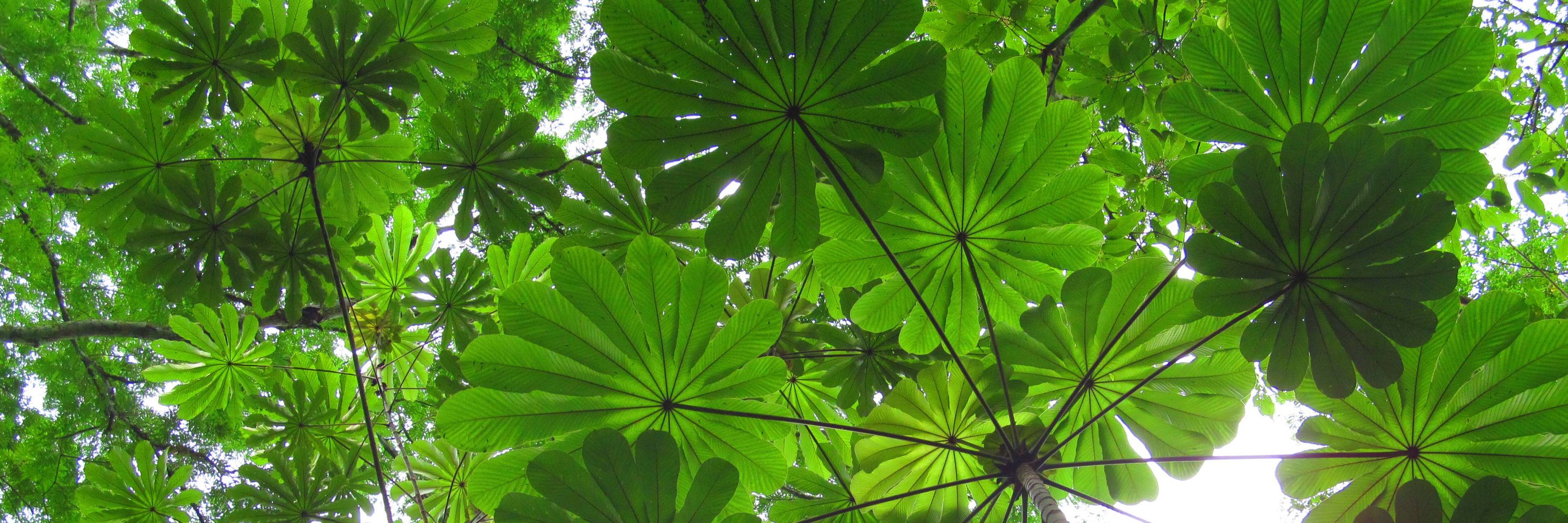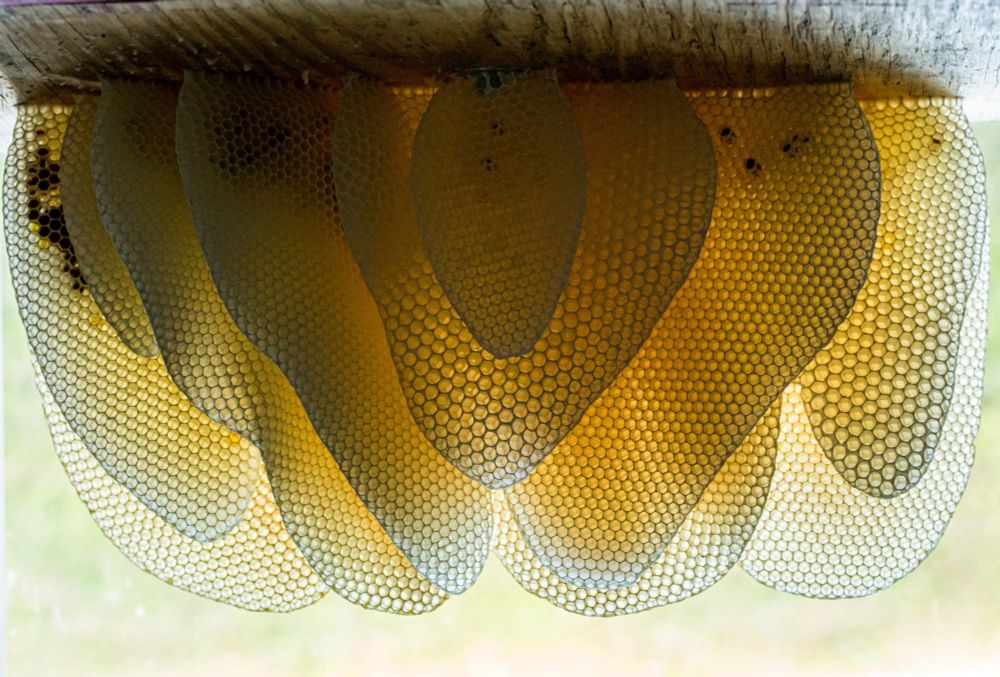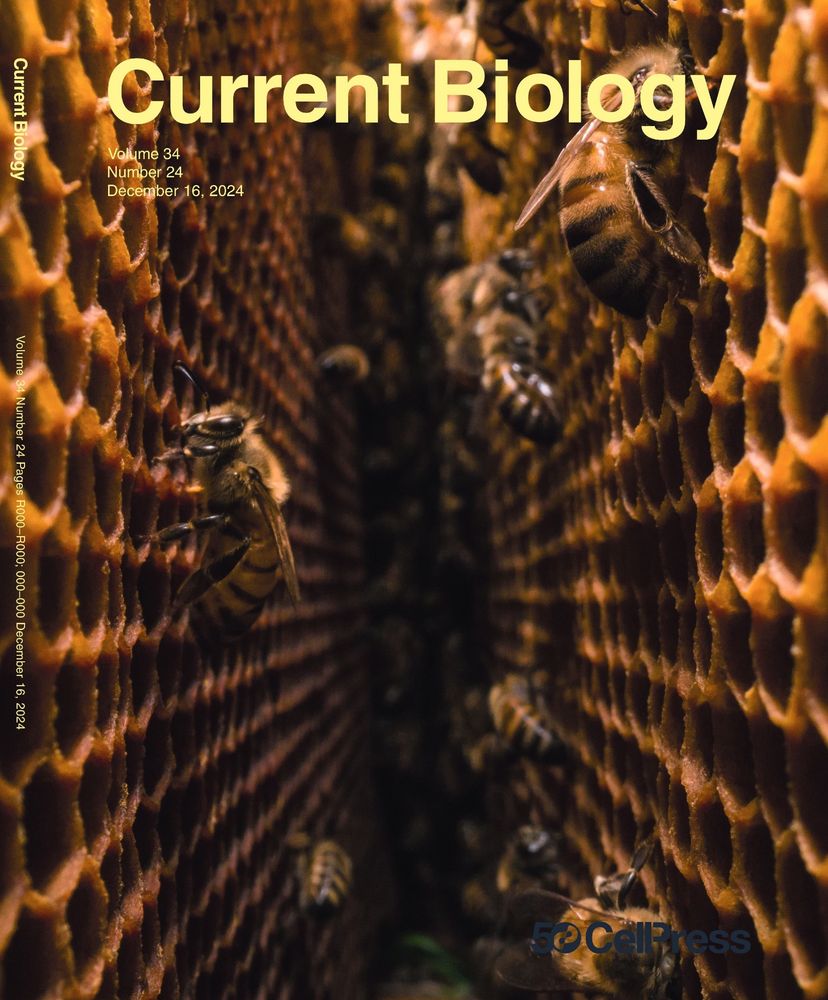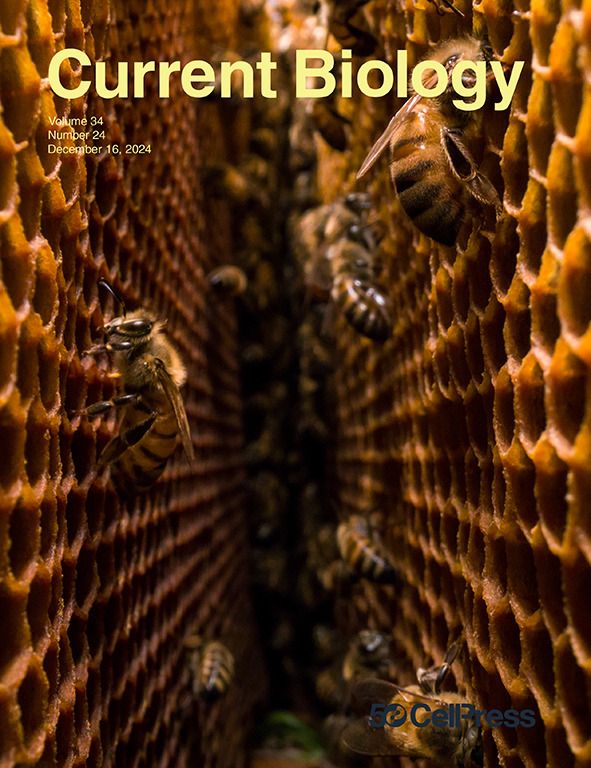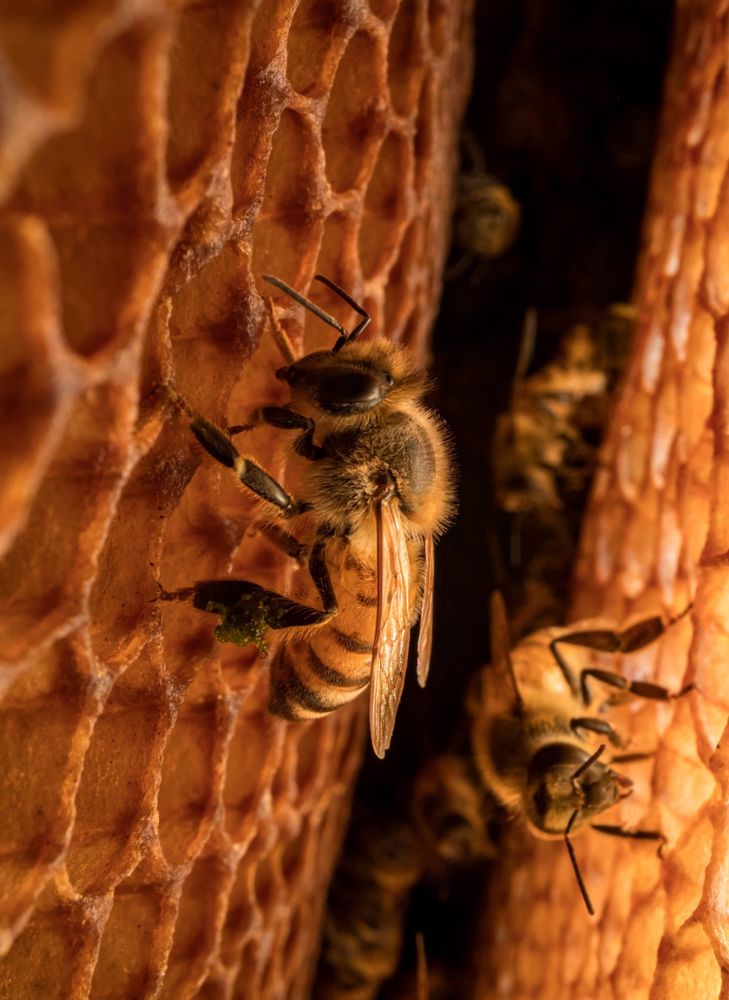Peter Marting
@aztecacecropia.bsky.social
550 followers
390 following
8 posts
Behavioral ecology of ant-plant mutualisms, bees, and more. Postdoc at Auburn Uni with the @SmithBeeLab.bsky.social. Also sci-art, creative data viz, outreach, and photography.
www.AztecaCecropia.com
Posts
Media
Videos
Starter Packs
Reposted by Peter Marting
Peter Marting
@aztecacecropia.bsky.social
· Nov 29
Peter Marting
@aztecacecropia.bsky.social
· Nov 13
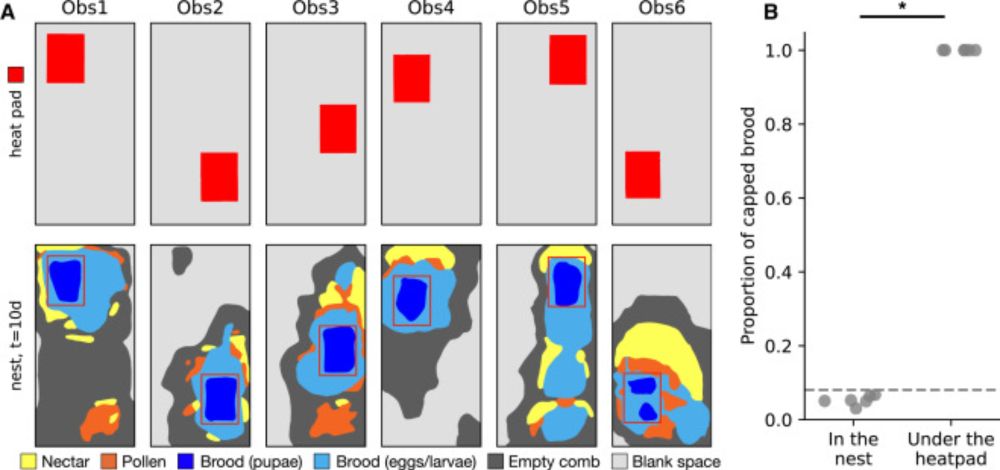
Form, function, and evolutionary origins of architectural symmetry in honey bee nests
Smith et al. show that honey bees stockpile their nests symmetrically on either side
of the double-sided comb, revealing architectural symmetry in the extended phenotype.
This symmetry provides the co...
shorturl.at
